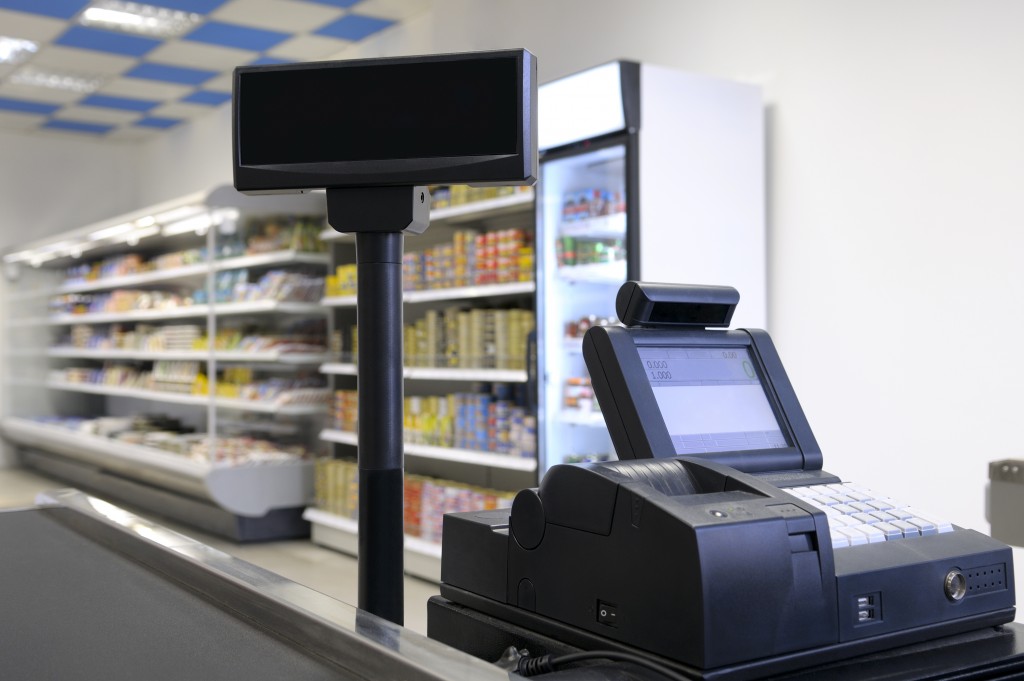- Automation in business processes reduces errors, saves labor costs, and allows focus on value-added tasks.
- Cloud computing minimizes infrastructure costs and promotes operational flexibility with remote data access.
- Collaboration tools facilitate remote work, enhance inter-departmental communication, and save time.
- Data analytics enable operational optimization, while digital payment solutions streamline transactions to lower costs.
- Embracing technology is key to keeping up with the competition and future-proofing the organization.
Running a business is challenging, and neither is finding effective ways to cut costs without sacrificing efficiency. That’s where technology comes in. With technological advancements, streamlining your operations can be easier and more cost-effective than ever.
But with so many options available, where do you start? This blog post explores how businesses can leverage technology to optimize operations and streamline costs.

Automated Processes
One of the most effective ways to streamline costs is by automating processes. Automation can help reduce error rates, increase consistency, and handle tasks requiring manual labor. This could be anything from automated inventory, accounting software, or marketing tools.
Value-Added Tasks
By automating these tasks, you can free up your team’s time to focus on more value-adding tasks and reduce errors and delays in processing orders. Automating certain processes can also save you money on labor costs.
Cloud Computing
Cloud computing has been a buzzword for a while now, but it’s easy to see why. Cloud infrastructure offers a cost-effective alternative to traditional on-premise solutions. With cloud computing, businesses can store data remotely and access it on demand, reducing the need for expensive on-site server equipment and maintenance. Cloud platforms also increase flexibility, making it easier for employees to work remotely or from different locations while accessing the same data.
Reduce Infrastructure Costs
From a cost-savings perspective, cloud computing can allow businesses to save on infrastructure costs and eliminate the need for additional staff members dedicated to IT management. Cloud platforms often provide automated processes that streamline operations and reduce manual labor expenses. The scalability of cloud services also makes it possible for businesses to scale up or down according to their needs, allowing them to save on computing power when demand is low and quickly ramp up resources when needed.
Collaboration Tools
Effective communication between team members is essential, but working remotely can be challenging. That’s where collaboration tools can be a game-changer. These tools offer various features that make communicating, sharing files, and collaborating easier. For instance, virtual whiteboards, instant messaging, and project management software can help your teams stay connected while working from different locations. Using these tools can minimize the need for physical meetings, saving time and money.
Streamline Communication
Technology can also help streamline communication between departments. With the right software, your team can quickly and easily share information with other departments. To facilitate this, you should also consider optimizing operations using reliable advanced telecom software solutions. These solutions provide versatile platforms integrating various communication channels into a single interface. They often include features such as VoIP, video conferencing, instant messaging, and file sharing, catering to modern businesses’ diverse communication needs.
Data Analytics
Data analytics software is increasingly becoming an essential tool for businesses. By leveraging data analytics, companies can gain insights into their operations and identify areas that need improvement.
Reduce Costs
From inventory optimization to identifying and targeting the most profitable customers, data analytics can help reduce costs by optimizing operations. You no longer have to rely on intuition or guesswork to make critical business decisions. Data analytics gives you the hard numbers to understand and improve your operations.
Right Data
The key to successful cost reduction through data analytics is having access to the right data. Gathering and organizing this data can be time-consuming and expensive. But it’s an essential first step for businesses using data analytics to optimize operations. Once you have collected the necessary data, you can use methods like predictive analytics, machine learning, and optimization algorithms to gain insights into your operations and identify areas with potential cost savings.

Digital Payment Solutions
Manual payment processing can be a significant cost and time sink for businesses. But with digital payment solutions, you can make payments faster, more securely, and cheaper.
Faster Transactions
Various digital payment solutions like e-wallets, mobile payments, and online payment gateways like PayPal, Stripe, or Square exist. These payment solutions offer faster transaction processing, enhanced security, and lower transaction fees than traditional payment methods like checks or wire transfers.
Leveraging technology to streamline operations can lead to significant cost savings while also improving the efficiency of your business. You can optimize your operations and improve your bottom line by automating processes, using cloud infrastructure, implementing collaboration tools, using data analytics, and leveraging digital payment solutions. It’s crucial to keep up with new technologies and continually explore ways to integrate them into your operations. By embracing technology, you can improve your business’s operations, keep up with the competition, and future-proof your organization.

